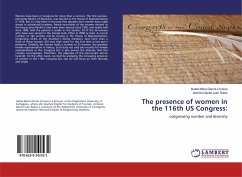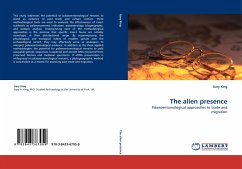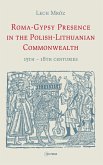Women have been in Congress for more than a century. The first woman, Jeannette Rankin of Montana, was elected to the House of Representatives in 1916. But it's only been in the past few decades that women have really served in substantial numbers. Nearly two-thirds of the women elected to the House since Rankin's time have been elected since 1992, and nearly half since 1998. And the pattern is similar in the Senate: 29 of the 56 women who have ever served in the Senate took office in 2000 or later. A record number of 102 women will be serving in the House of Representatives, comprising 23.4% of the chamber's voting members. And more than a third of those women (35) won their seats for the first time in last year's midterms. Similarly, the Senate holds a number of 25 women, the greatest female representation in history. Such data not only sets records for female representation in the Congress but it also proves the diversity that this number encompasses. Therefore, the objective of this manuscript will be twofold. On the other hand, we shall be analysing the increasing presence of women in the 116th Congress but also we will focus on their diversity and origin.
Bitte wählen Sie Ihr Anliegen aus.
Rechnungen
Retourenschein anfordern
Bestellstatus
Storno








